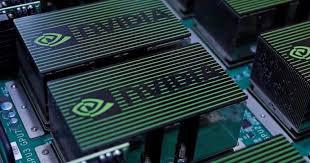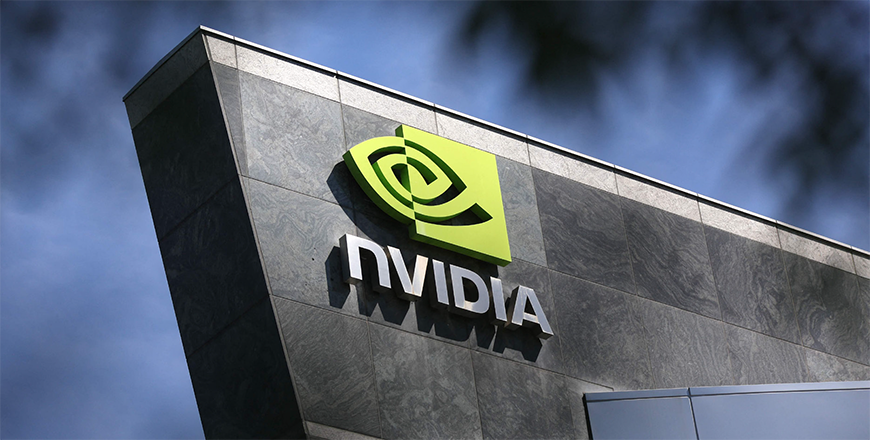You are here
Next phase in virtual photographs
By Jean-Claude Elias - Dec 26,2018 - Last updated at Dec 26,2018

The US-based chipmaker, Nvidia, has recently released virtual ‘human’ faces. They appear so real that even a trained eye cannot say for certain if they are virtual (Reuters file photo)
A new technology is making it more and more difficult to believe what we see on the web, and even on regular satellite TV channels. The Internet is already full of much audiovisual content that aims to deceive us. The next phase, however, may prove to be even more incredible.
Forget about fake news, made up videos and Photoshopped photos. This is nothing compared to the much more deceptive digital material that is coming your way.
And it is coming from Nvidia, the well-known US-based maker of computer graphic cards, (the graphic card inside your computer is the part that generates the image you see on the screen). The importance of that card, also called video card or more formally GPU (Graphics Processing Unit), cannot be overestimated.
Such cards range from simple to extremely complex, and consequently from inexpensive to very expensive, or from as low as $100 to as high as $1,800. Therefore, the GPU inside a computer that is intended for intensive work or advanced gaming may end up costing as much, if not more than a good laptop computer.
Nvidia recently released news that by building on a specific artificial intelligence (AI) technology, which began about five years ago, the company has shown virtual “human” faces that were completely generated by a system called “generative adversarial network”. These faces are so real that even a trained eye cannot say for certain that they are virtual.
In other words, these are faces of people who simply do not exist but who look absolutely, perfectly, like people who could exist; like real human beings. Those curious to see how exactly they look can go to this URL https://petapixel.com/2018/12/17/these-portraits-were-made-by-ai-none-of-these-people-exist/
Obviously, these portraits are nothing like the robotic or humanoid faces we often see in movies or games. The technology that Nvidia uses to generate them is complex and employs several powerful GPUs at one time to get the job done. The above web URL gives some information about the process. It uses a combination of real portraits and then several criteria, along with a description, to “construct” the new faces.
Understandably, Nvidia’s technology can be applied to generate not only human faces but also animals, objects and places that, again, do not exist but look perfectly believable, as being real.
As with any new, sensational technology, there will be legitimate use for it, alongside less legitimate. We can easily imagine for instance, how entirely fake Facebook accounts could be created this way just by using a rather attractive profile photo generated by Nvidia’s new phototechnology.
In addition to off-the-shelf laptop and desktop computers that use Nvidia GPUs, the company’s powerful graphics processors can be found in specialised, custom-built computers, like for instance those employed in the flying or driving simulators that are used in training. The Royal Automobile Club of Jordan operates a driving simulator that uses Nvidia’s powerful GPUs.
In countless cases, advanced digital computer technology is already making it hard to draw the line between the real and the virtual. This is nothing new. However, Nvidia’s new image generating technology is taking the challenge to new heights, to a new dimension in virtual imaging.
Who will use it in legitimate constructive applications, and who will use it for deception, remains to be seen.
There is also little doubt that other designers and manufacturers of graphics cards for computer will follow suit, like AMD with its Radeon GPUs.
Related Articles
You can think of it as a sub-computer, or a computer within a computer.
Do you say website address or URL? Do you speak of graphic card or GPU? Of new hard disks or SSD? Do you say software programme or app?
SAN FRANCISCO — Shares in US chip company Nvidia soared more than 25 per cent Wednesday after an earnings report showed the artificial intel
















